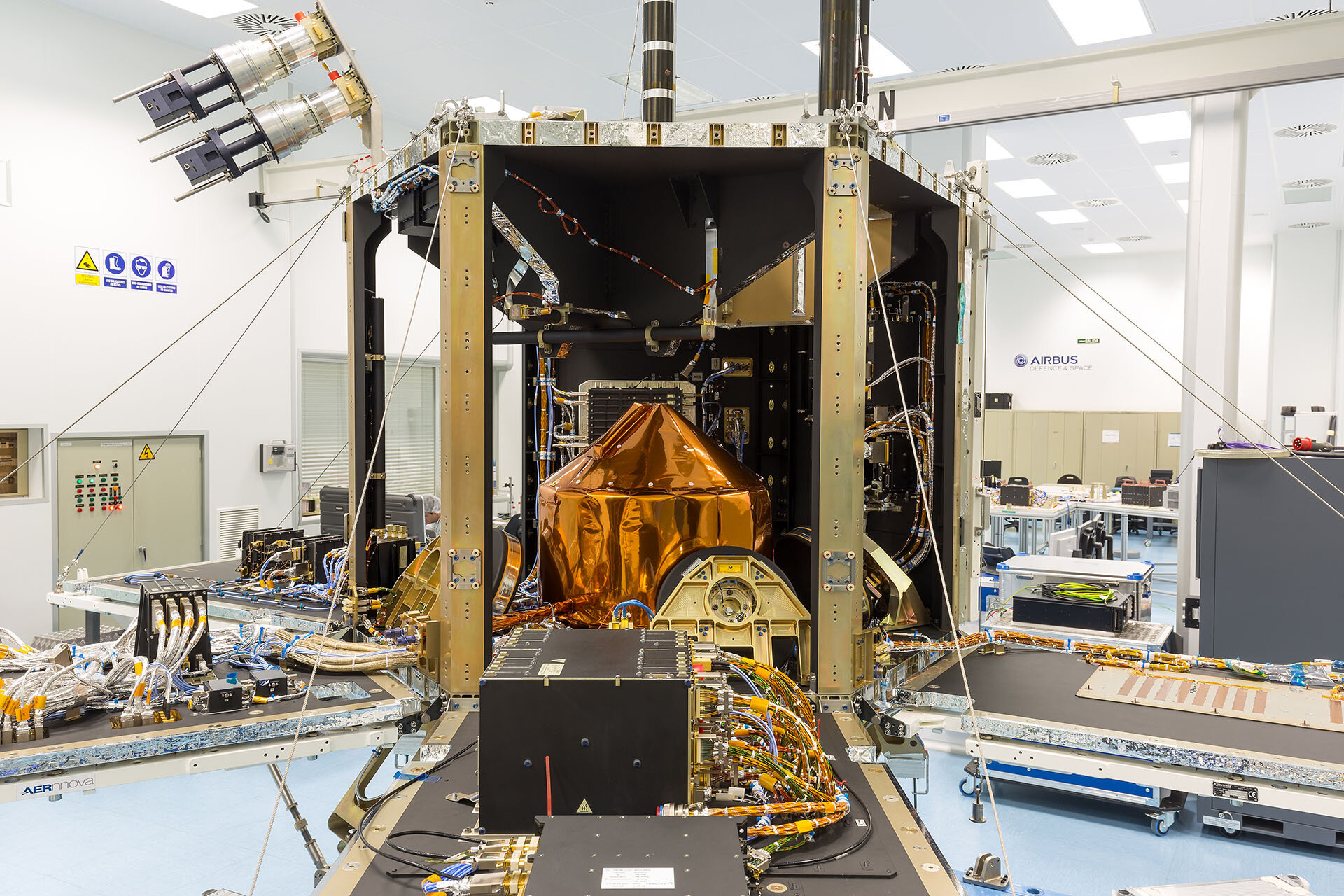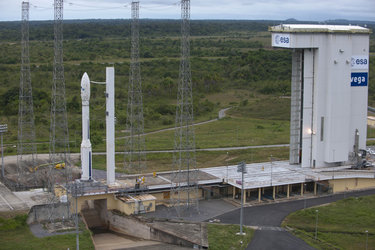Facts and figures
Launch: 17 November 2020 - mission lost owing to launch failure
Launcher: Vega
Orbit: altitude of 670 km; Sun-synchronous
Mission life: seven years (carries consumables for 10 years)
Satellite: hexagonal platform, with three deployable solar-array panels, weighing 750 kg (including 80 kg fuel)
Power: 580 W
Instruments: panchromatic (2.5 m ground sampling), and multispectral (10 m ground sampling) imager; complementary miniaturised solar sensor
Revisit time: 39 days
Mission control: ESA’s European Space Operations Centre (ESOC) in Darmstadt (DE) for the launch and early orbit phase; then the National Institute of Aerospace Technology (INTA) in Torrejón de Ardoz, Madrid (ES)
Communication: ground stations in Torrejon de Ardoz (ES) and Maspalomas, Canary Islands (ES), additional communication via Svalbard (NO) possible
Operations & data processing: INTA in Torrejón de Ardoz, Madrid (ES)
Development and commissioning: managed at ESA’s European Space Research and Technology Centre (ESTEC) in Noordwijk (NL) on behalf of Spain’s Centre for the Development of Industrial Technology (CDTI), Madrid (ES)
Prime contractor: Airbus Defence and Space (ES)









